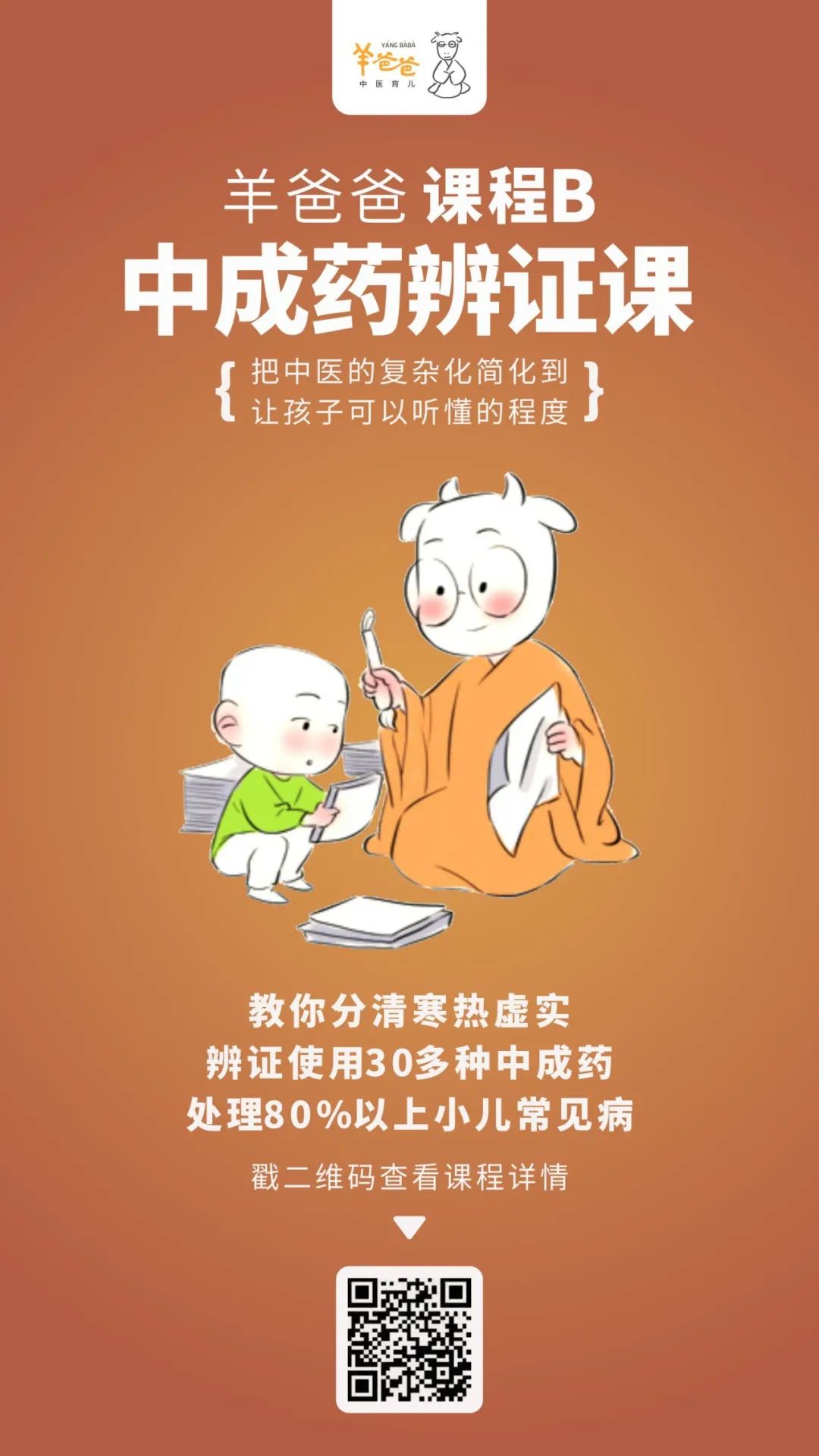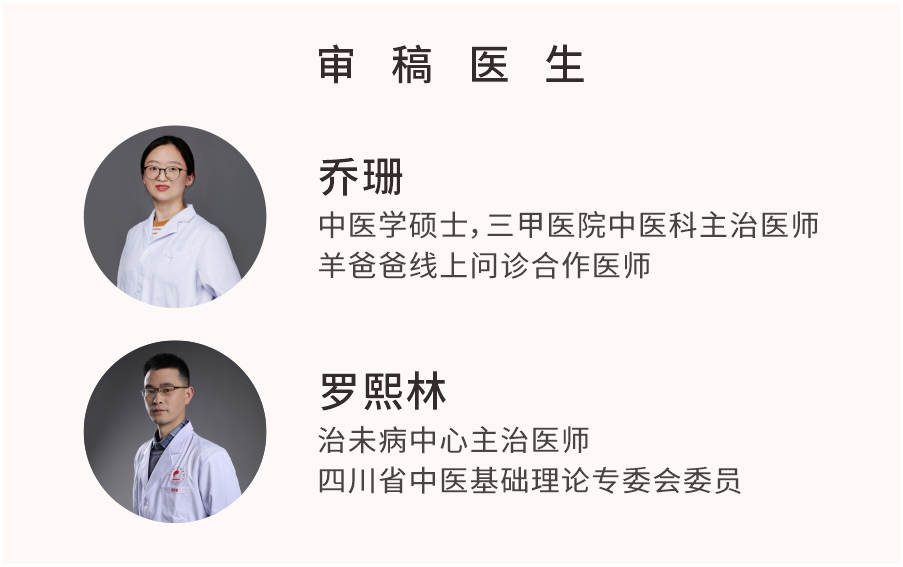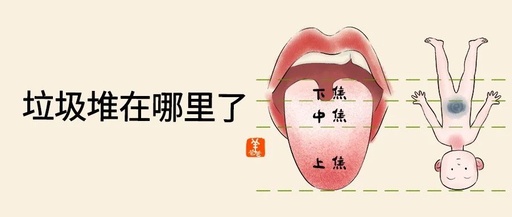Introduction:
In Traditional Chinese Medicine (TCM), diagnosis involves the four examinations: observation, listening, inquiry, and palpation. Palpation, or pulse diagnosis, is generally not performed on children.
Listening includes observing the sound of speech and smelling the breath, which encompasses bad breath and unusual odors, as well as any abnormalities in speech. This information is typically provided by the mother and is reflected in the ten inquiries.
With the ten inquiries and the observation of the tongue coating, the diagnosis of a child’s illness becomes more comprehensive. Generally, the condition of the tongue coating corresponds with the findings from the ten inquiries, and there should be no contradictions.
The term “combination of references” means to judge by integrating all findings, similar to how a judge looks for a chain of evidence where each piece corroborates the others. Through this combination, a reasonable conclusion can only be one.
Today, we will discuss how to observe the tongue coating. This is the fourth lesson in the foundational diagnosis of TCM.
The principle of observing the tongue coating involves the holographic principle, meaning that information reflected in one part of the body contains information about the whole body. Just as we know autumn has arrived when we see a yellow leaf, we can infer the internal state of the body by observing the condition of the entire tongue.
Various medical texts link tongue coating to the internal organs, but we do not need to complicate matters at this stage. The previous lesson discussed the concept of the San Jiao (Three Burners); the tongue coating from the tip to the root reflects the conditions of the upper, middle, and lower Jiao.

A pale tongue body with a white coating indicates cold, while a red tongue body with a yellow coating indicates heat; a thick coating suggests stagnation, and a greasy coating indicates dampness.
This is the most basic direction, summarized in one sentence.
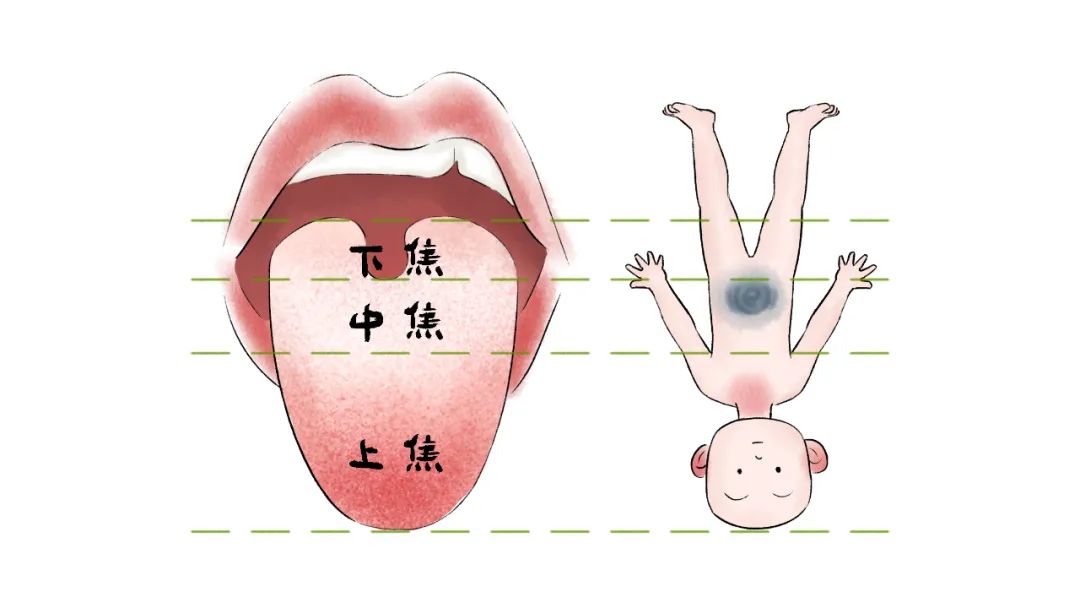
When observing a yellow tongue coating, one must pay close attention. Sometimes, there is only a thin layer of yellow on top, and upon closer inspection, the underlying coating is predominantly white and often quite thick.
For example, in today’s case, the tongue coating appears as follows.
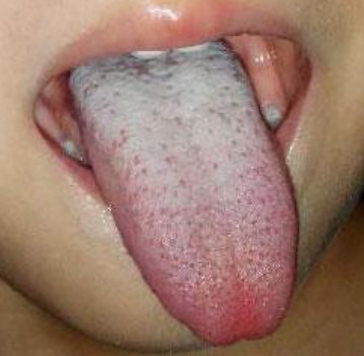
The middle and lower Jiao regions show a thin yellow coating (the color difference in the image may lead to different interpretations), but the underlying coating is very thick, indicating significant stagnation, with white being predominant, which suggests cold accumulation.
This tongue observation suggests that there is a large accumulation of waste in the large and small intestines, and the gastrointestinal function is certainly not normal, making proper digestion and absorption impossible.
The tip of the tongue is slightly red, and there are red spots on the tongue coating resembling strawberry seeds, indicating heat.
Should we clear the heat? In TCM, we treat the root cause of the disease, not just the symptoms.
The heat in the upper Jiao and the spots of heat in the middle and lower Jiao are actually the same issue— the accumulation of waste in the middle and lower Jiao. Organic matter that accumulates for a long time generates heat, and even ferments, leading to more heat. The heat from the middle and lower Jiao rises and affects the upper Jiao, so clearing heat at this point is ineffective; the root problem is the stagnation that needs to be addressed.
Now, let’s look at the ten inquiries for this case.
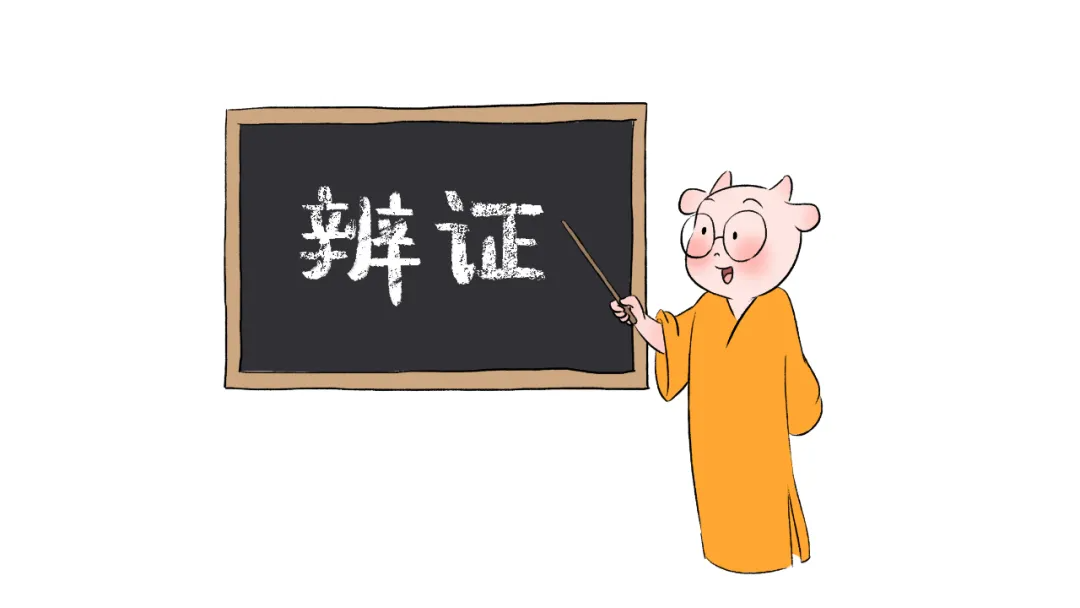
Chief complaint: A six-year-old child primarily wants to resolve bowel issues and sleeping on their stomach.
Bowel movements: Infrequent, dry, foul-smelling, and difficult to pass. This has been a frequent issue, worsening recently.
Cold and heat sensitivity: Does not like to be covered, often says it is hot, and always wants to have a fan blowing at night.
Urination: Normal.
Appetite: Poor, often eats soft rice, eats little each time but quickly feels hungry again, asking for snacks.
Sleep: Takes a long time to fall asleep, does not move in the first half of the night, but rolls around in the second half.
Perspiration: Sweats more than other children.
Water intake: Does not like to drink much.
Temperature difference: Palms are not hot, and temperature is normal.
Other symptoms: Slight bad breath, some nasal congestion, and sneezing.
Next, we will begin the differential diagnosis.
1. First, identify the normal descriptions:
Urination is normal.
Palms are not hot, and temperature is normal.
2. Separate the abnormal findings into exterior and interior:
[Exterior syndrome]
Some nasal congestion and sneezing.
[Interior syndrome]
Infrequent, dry, foul-smelling bowel movements, and difficulty passing them.
Often says it is hot.
Quickly feels hungry again.
Takes a long time to fall asleep and rolls around in the second half of the night.
Perspires easily.
Has slight bad breath.
Eats little each time.
Does not like to drink water.
3. Analyze all evidence comprehensively.
“Quickly feeling hungry again” indicates poor digestion of food, leading to insufficient nutrient absorption, causing the body to feel the need for more food, resulting in frequent hunger, which is a sign of heat. “Sweating easily” indicates that internal heat continuously drives the fluids to evaporate as sweat. “Bad breath” suggests that food accumulation in the stomach ferments and generates heat, leading to foul odors. These are signs of heat in the middle Jiao.
During sleep, Qi and blood are supposed to return from the exterior to the interior. If Qi and blood are concentrated in the upper Jiao and cannot return, and there is heat in the upper Jiao, it will directly affect sleep. Additionally, stagnation in the middle and lower Jiao will also affect sleep, as an unbalanced stomach leads to restlessness, resulting in “taking a long time to fall asleep” and “rolling around in the second half of the night.”
“Infrequent, dry, foul-smelling bowel movements” indicate insufficient fluids (moisture) in the gastrointestinal tract, which cannot nourish and propel the stool. If this accumulates for a long time, it generates heat and ferments, leading to foul odors. “Often says it is hot” is a result of internal heat. These are signs of heat in the middle and lower Jiao, which correspond with the tongue coating indicating heat in these areas.
All these interior signs indicate interior excess heat.
However, the tongue coating is primarily thick and white, indicating cold. Is there any cold syndrome present?
Actually, there is.
“Eats little each time” and “does not like to drink much” are both signs of weak digestive ability. It is like a machine that operates poorly; if too much is added, it cannot handle it, so only a small amount can be added at a time. This lack of capacity indicates cold.
Children with issues in the middle Jiao are prone to cold symptoms. This child has an exterior syndrome, but it is mild and does not require separate treatment.
The main reason for the bowel issue in this case is interior excess heat, which can be addressed by treating the food stagnation. I advised the mother to strictly control the diet during this period, focusing on light and easily digestible foods, temporarily avoiding meat, eggs, dairy, and fruits to reduce the burden on the spleen and stomach.
The mother asked: If the child does not eat much and does not eat much meat, how can there be food stagnation?
It is actually quite easy to understand. From the thick white coating on the middle and lower parts of the tongue, we can see that the spleen and stomach are deficient and cold, leading to insufficient digestive capacity. The entire middle Jiao’s function is not smooth, and the weak digestive ability makes it easy to accumulate food.
The child did not take medication, and after a period of vegetarian diet, the tongue coating changed significantly, but the child still sleeps on their stomach, and the bowel movements are pellet-like.

From the tongue observation, it can be seen that the stagnation has been cleared, and the heat has dissipated. At this point, the original state of the tongue is revealed, with a relatively pale tongue body and an overall white, moist coating, indicating cold.
The pellet-like bowel movements are caused by cold, as the Qi, blood, and fluids generated in the middle Jiao are insufficient to nourish the intestines properly, leading to dry stools. In this situation, it is even more crucial not to clear heat; instead, the focus should be on gradually nourishing the spleen and stomach, possibly by consuming rice oil and rice soup.
Sleeping on the stomach is also a manifestation of spleen and stomach deficiency and cold. If a child sleeps with their buttocks raised, it generally indicates an excess condition, and one should check if they have overeaten; otherwise, it is usually a deficiency condition. Young children often have spleen deficiency, so sleeping on their stomach is relatively normal; as they grow older, they will gradually turn over on their own.
The tongue can provide us with a lot of information. For instance, seeing the thick tongue coating in the middle and lower parts, it is easy to guess that this child must have a history of incorrect treatment; otherwise, it would not be easy to accumulate food to such thickness. Upon inquiry, this was indeed the case.
The mother said, “When the child was younger, they had to receive IV fluids every month for at least three days, sometimes up to five days. They developed a dependency on IV fluids due to long-term misuse of cold medicine, which eventually led to allergic rhinitis and asthma.” In such cases, it is necessary to persistently follow proper treatment and nourishment, allowing the damaged spleen and stomach and the righteous Qi to gradually recover.
Supplementary Discussion
Is a white tongue coating indicative of spleen and stomach cold?
In this case, it is. Overall, the cold syndrome is predominantly white.
How can spleen and stomach deficiency and cold lead to interior excess heat?
Deficiency and cold in the spleen and stomach lead to poor digestion. Poor digestion results in stagnation, which generates heat.
In TCM, treatment often involves addressing the symptoms and the root cause. The heat generated from stagnation is a symptom, while the stagnation itself is the root cause. The heat is caused by stagnation, so we must address the stagnation rather than simply clearing heat; this is the first layer of the relationship between symptoms and root causes.
Furthermore, what causes this stagnation? In this case, it is due to spleen and stomach deficiency and cold, which leads to frequent digestive issues and stagnation. Thus, the second layer is that stagnation is a symptom, while deficiency and cold are the root cause. In this situation, while stagnation can be temporarily treated with digestive medications, one should not rely on them continuously, as they can harm the spleen and stomach. Nourishing the spleen and stomach and restoring their function is the most important aspect.
Should we pay attention to the dryness or moisture of the tongue?
Regarding the dryness or moisture of the tongue, there is a saying: If the tongue is dry, it may not necessarily indicate cold even if it is white; if the tongue is moist, even if the coating is yellow and indicates heat, there is certainly some cold present. This is a relatively complex situation and is less commonly encountered in children. We should first master the basics, and the more complex aspects will be discussed later.
Text by | Yang Qiandong
Editor | Xiao Ya
Illustration | Mo Li Hong & Shi Lin
Related Reading
The tongue is a display that can reveal internal abnormalities in the body.
The tongue provides insights into our internal conditions.
A thick tongue coating does not necessarily indicate “food stagnation”?
Want to learn differential diagnosis more systematically?
Scan the code to learn about the Yang Dad’s Course B
